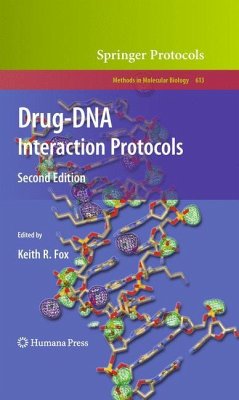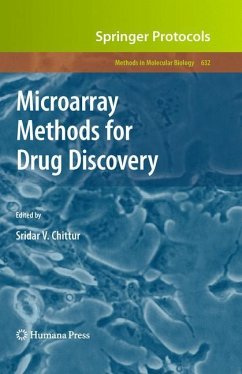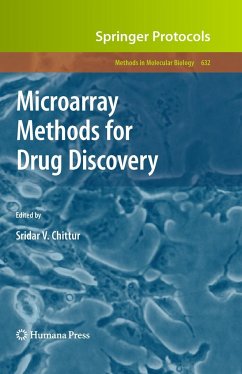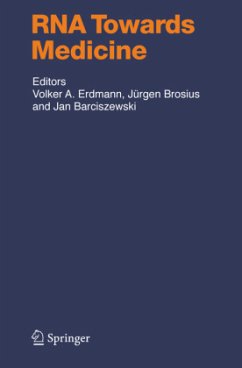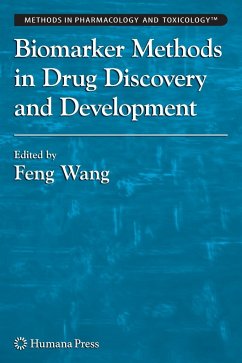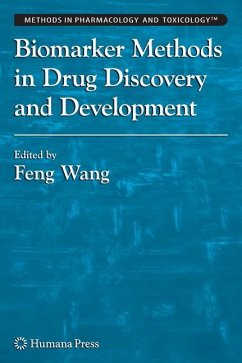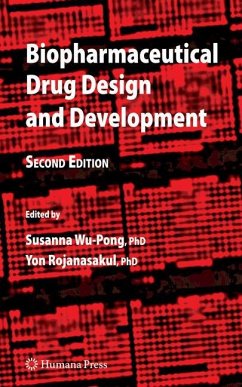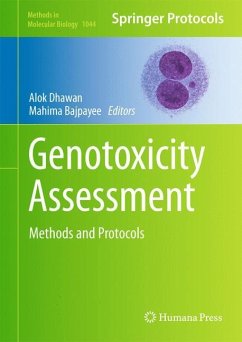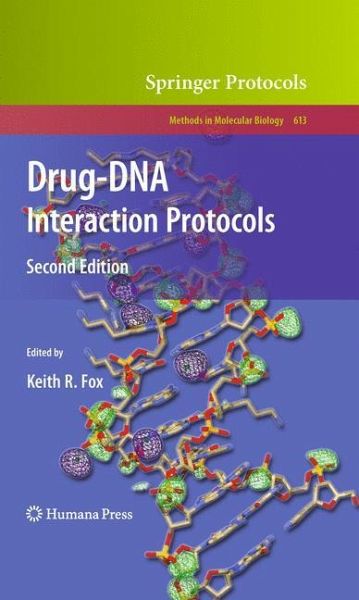
Drug-DNA Interaction Protocols
Versandkostenfrei!
Versandfertig in 6-10 Tagen
76,99 €
inkl. MwSt.

PAYBACK Punkte
38 °P sammeln!
The last few years have witnessed the creation of new generations of sequence reading compounds, which have incredible potential for targeting specific DNA sequences. In "Drug-DNA Interaction Protocols, Second Edition", expert researchers explore these compounds, revealing how a deeper understanding of the structure of DNA, along with an improved ability to manipulate it, has led to much progress in recent years. Chapters describe a new arsenal of techniques for probing the interactions between drugs and DNA, including various biophysical techniques for quantifying these interactions and for describing them in molecular and atomic detail, and they comprehensively consider both molecular and cellular approaches. Composed in the highly successful Methods in Molecular Biology(TM) series format, each chapter contains a brief introduction, step-by-step methods, a list of necessary materials, and a Notes section which shares tips on troubleshooting and avoiding known pitfalls.
Authoritative and current, "Drug-DNA Interaction Protocols, Second Edition", is a critical volume that includes a wide range of chapters, which together provide methods for assessing the strength and mode of binding, the sequence selectivity, and the effect on biological systems.
Authoritative and current, "Drug-DNA Interaction Protocols, Second Edition", is a critical volume that includes a wide range of chapters, which together provide methods for assessing the strength and mode of binding, the sequence selectivity, and the effect on biological systems.
DNA has been known to be the cellular target for many cytotoxic anticancer agents for several decades. The knowledge of its structure in atomic detail and the ease with which DNA fragments (both synthetic oligonucleotides and natural sequences) can be prepared and manipulated has aided the design of compounds that bind to it with improved sel- tivity. On the basis of this information, new generations of sequence reading compounds (including triplex forming oligonucleotides and minor groove binding ligands) have been prepared, which have the potential for targeting specifc DNA sequences as anti-gene agents. Within the last 10 years, it has also become apparent that the familiar DNA duplex is not the only structure that can be targeted by DNA-binding ligands and there has been increased interest in triplex and quadruplex structures as drug targets, as well as protein- DNA complexes, such as those with nucleosomes or topoisomerases. Each of these advances has required the availability and development of an arsenal of techniques for probing the interactions in both qualitative and quantitative terms. This v- ume of Methods in Molecular Biology brings together several techniques that are currently useful for examining these interactions. Some of these are updates on ones that were included in the earlier volume (Methods in Molecular Biology 90), published 12 years ago, while others are new.



